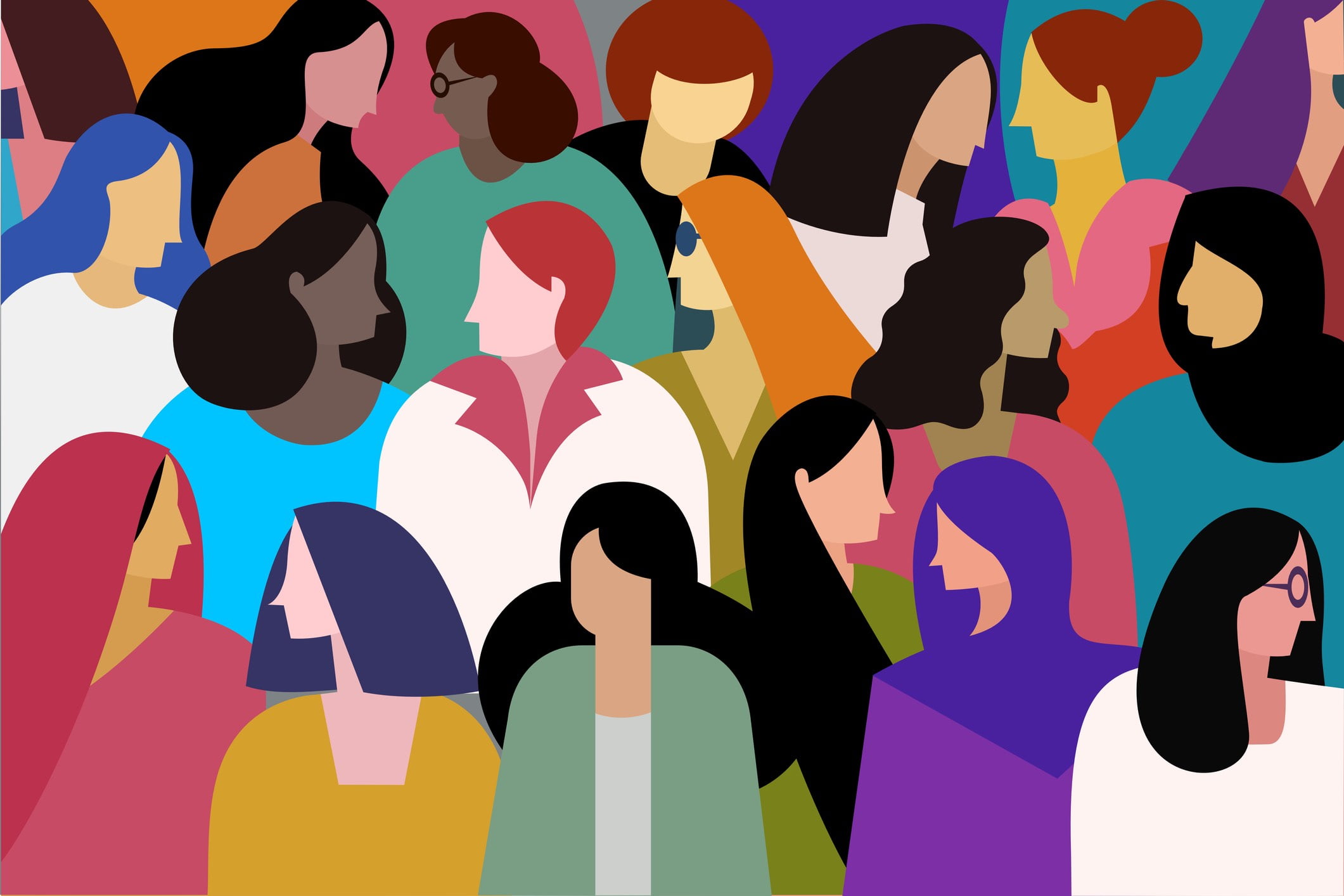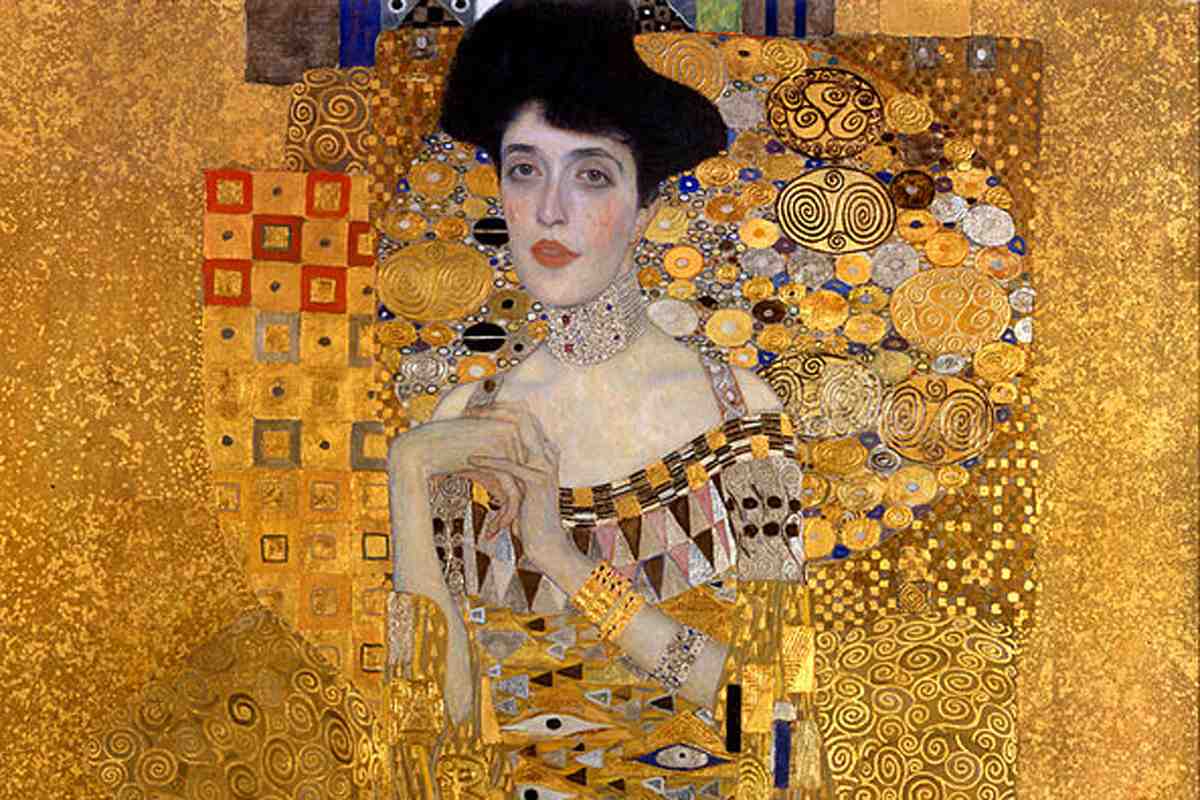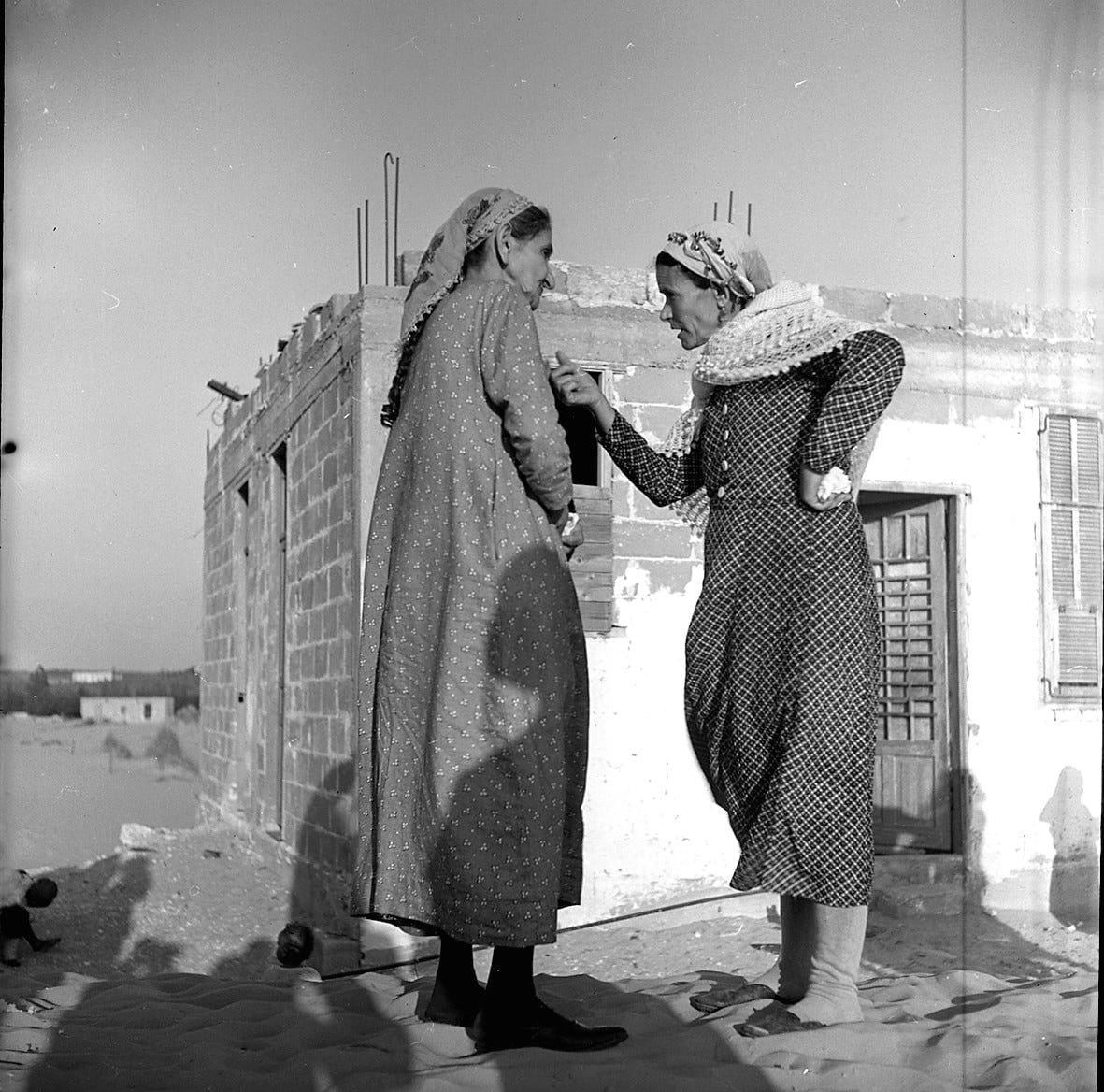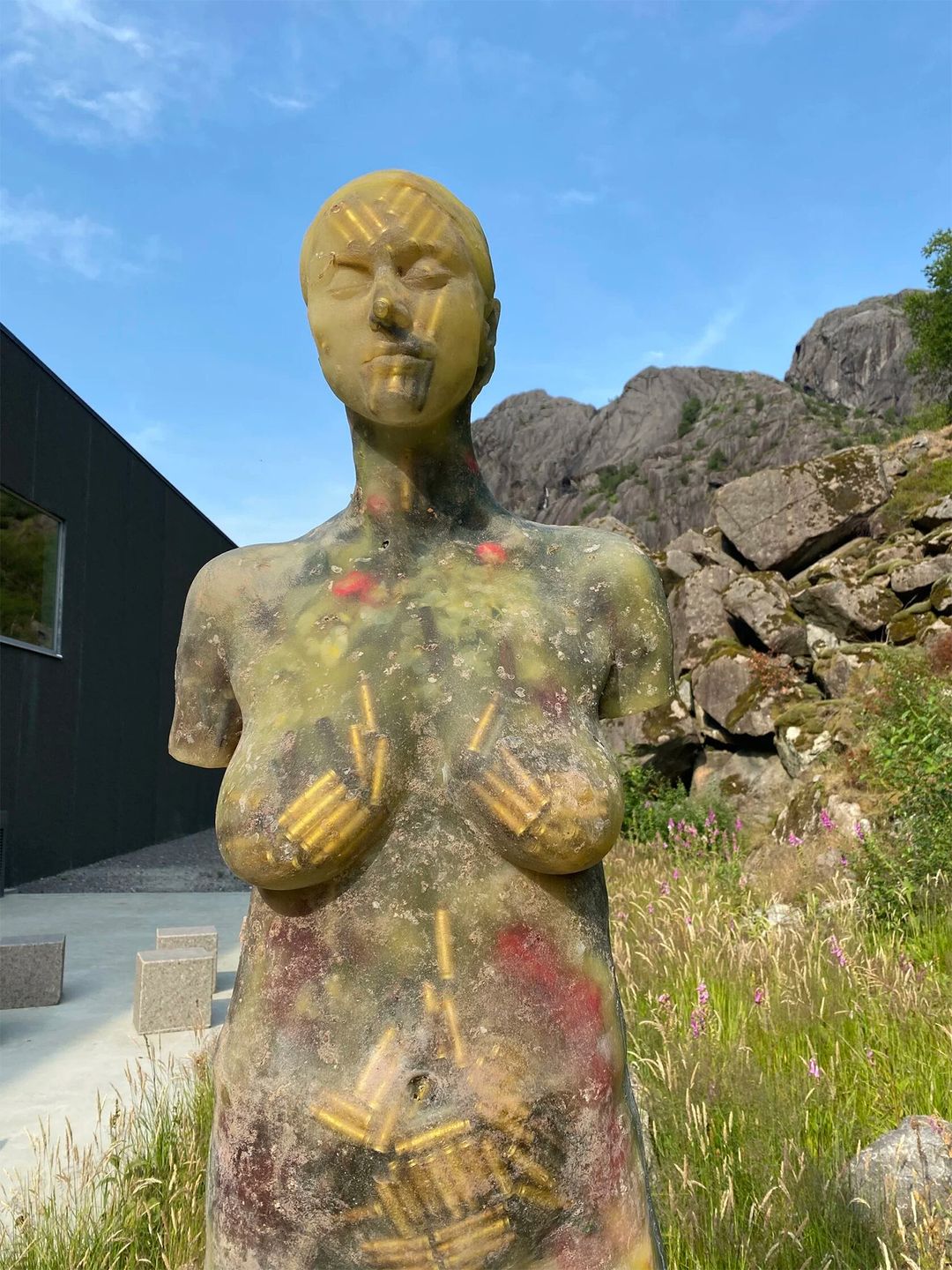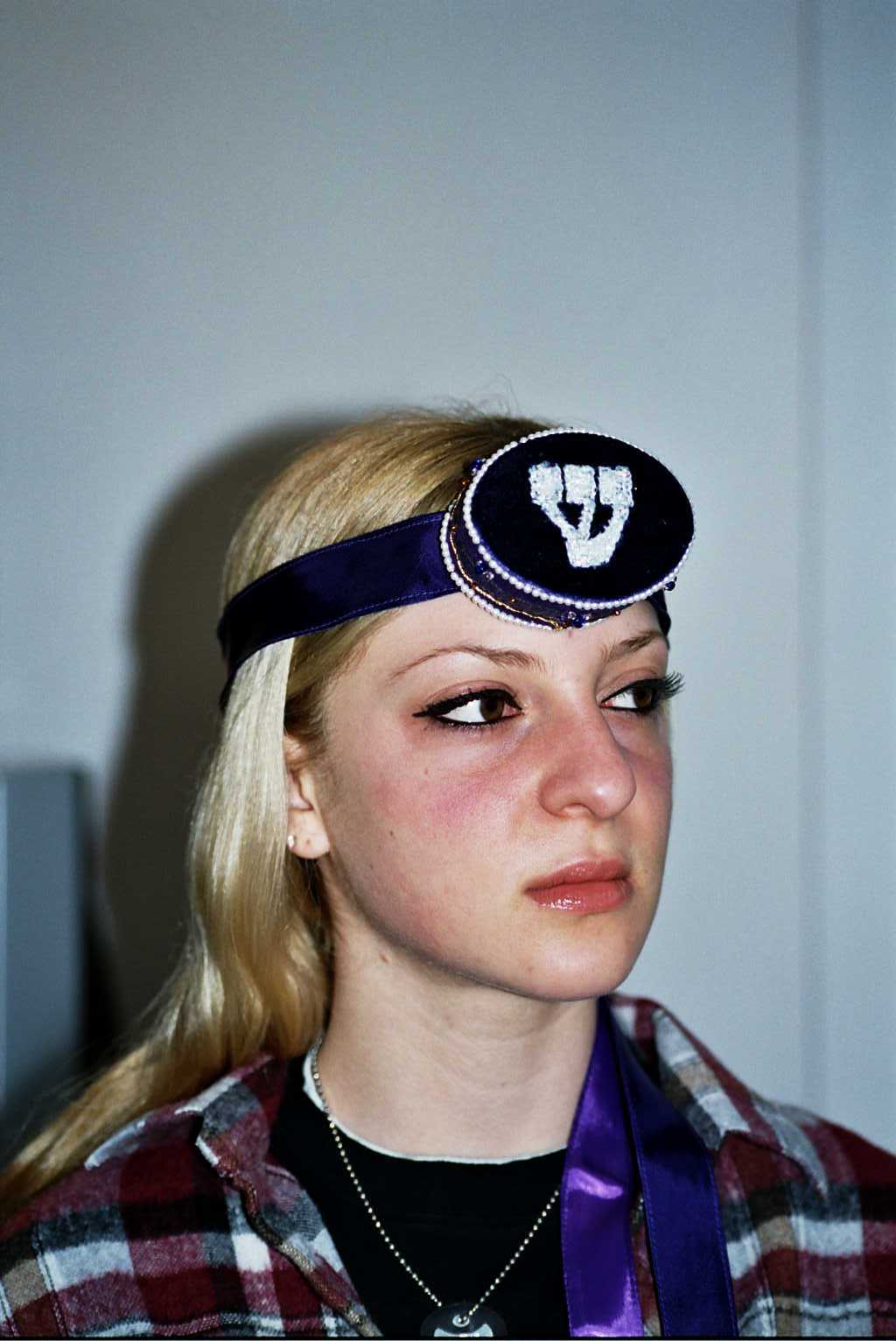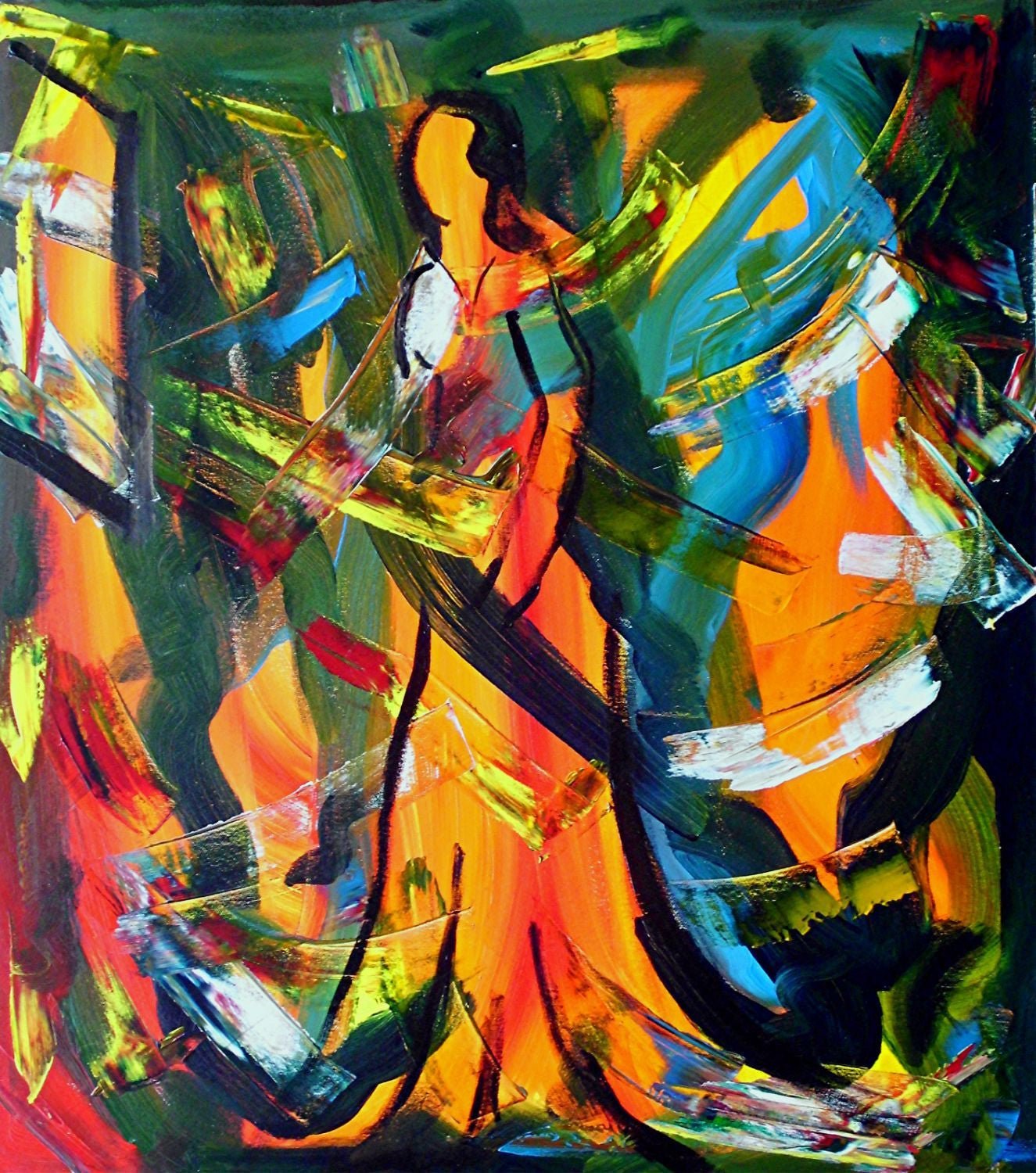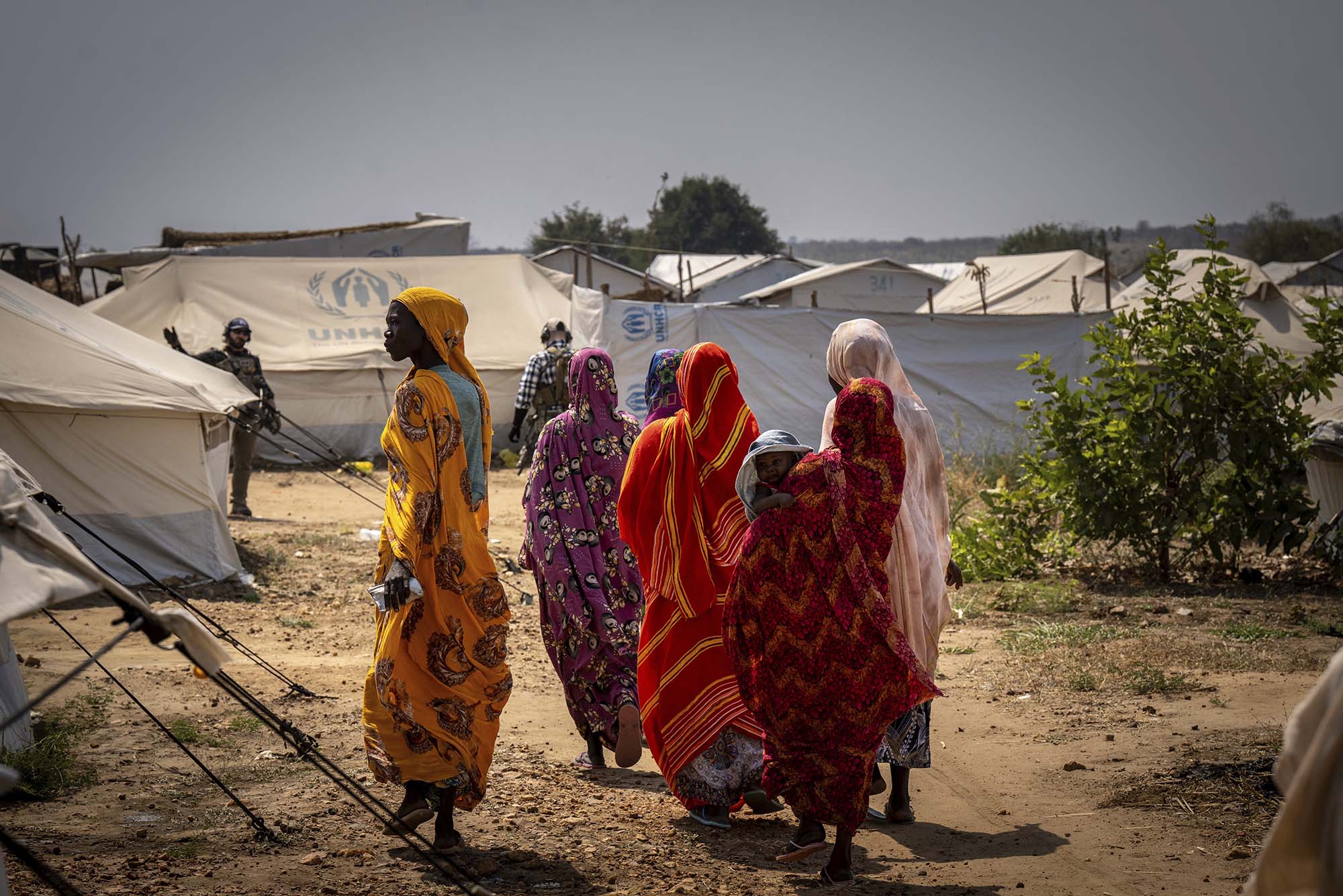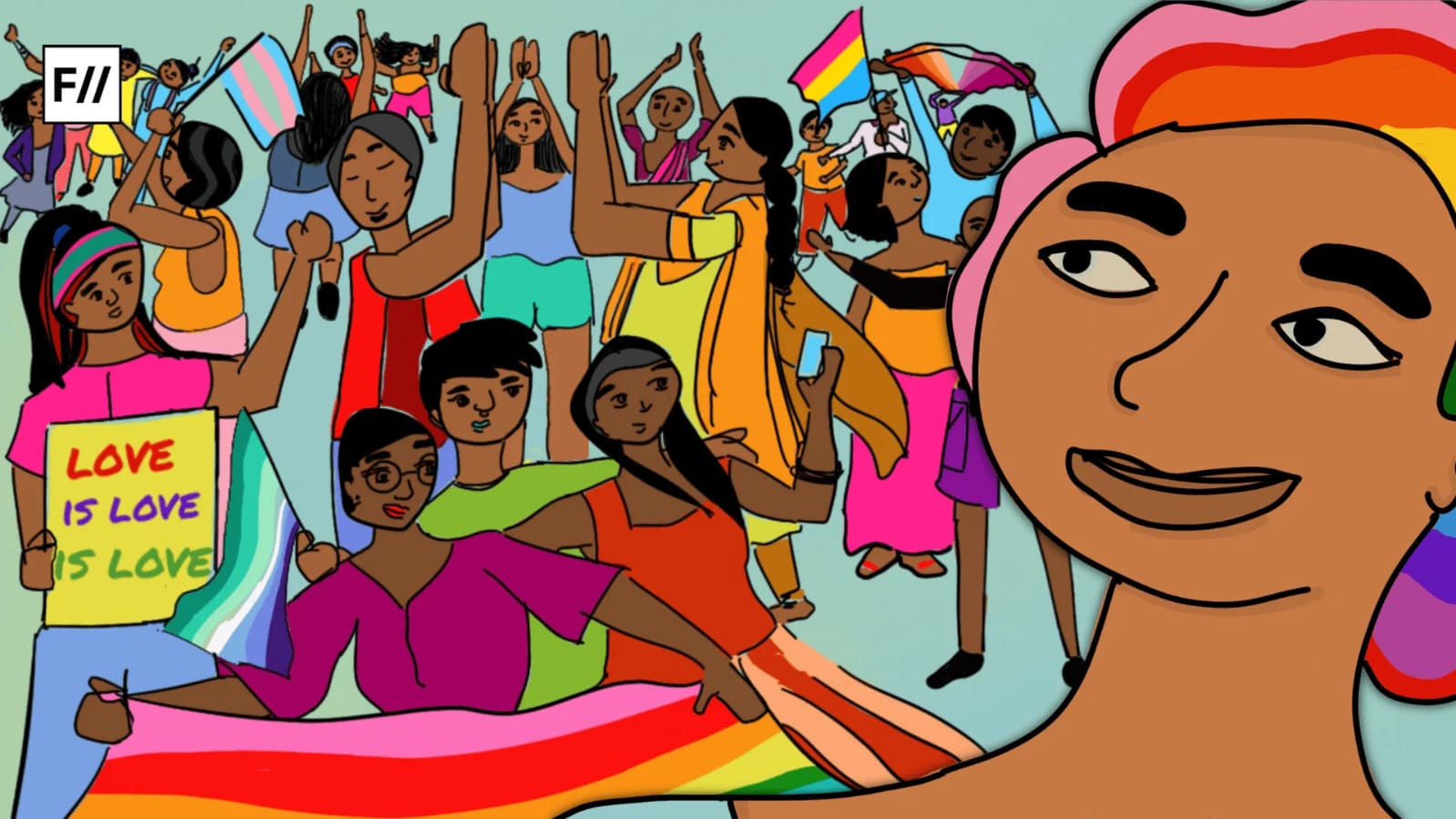The portrayal of women on a global scale is often entwined with societal perceptions of sacrifice, love, and nurturance, themes that gain heightened attention in feminist discussions. This portrayal seeps into artistic expressions, particularly evident during periods of conflict. Throughout history, creative works have predominantly adhered to stereotypical attributes associated with women, and the maternal figure, intimately linked to femininity, serves as a prime example of this phenomenon. Artists and writers grapple with the challenge of depicting women independently, struggling to disentangle their identity from familial and societal contexts, inadvertently reinforcing prevailing perceptions of women as vulnerable and weak.
Artists and writers grapple with the challenge of depicting women independently, struggling to disentangle their identity from familial and societal contexts, inadvertently reinforcing prevailing perceptions of women as vulnerable and weak.
Conflicts, characterised by their negative impacts, present multifaceted challenges. While conflict analyses often focus on the fighting population, it is crucial to recognise the widespread detrimental effects war imposes on various aspects of life . In this complex landscape, gender inequality, normalised across societies, becomes insidious, jeopardising the socio-economic rights of women. Post-conflict scenarios witness the unnoticed absence of women in reconstruction and peace-building efforts, perpetuating gender inequalities. Feminist scholars stress the need for a nuanced gendered analysis to comprehensively understand the intricate dynamics of conflict and its repercussions.
Post the Holocaust, prevailing images entrenched traditional stereotypes, portraying women as maternal figures prioritising family care over self. However, exceptions to this portrayal exist, challenging and subverting these traditional values.
Irina Kuznetsova’s paper, ‘The Feminist Geopolitics of Donbas,’ critically examines feminist approaches to border studies in the context of the Donbas war. Artists like Alentina Kakhidzen and Maria Kulikovska are analysed, providing insights into feminist perspectives beyond territorial and power landscapes.
In Palestine, emerging artists, exemplified by Lina Abo Jaradeh, navigate alternative careers alongside their artistic pursuits. Leveraging social media platforms like Facebook, these young Palestinians share their creations globally, contributing to a broader representation of Palestinian art and identity .
The Palestinian context
The Palestinian context unveils a rich tapestry of feminist art serving as a potent tool for self-expression, resistance against occupation, and the assertion of identity. Jana Boulus’s personal journey, coupled with the experiences of Palestinian women, provides a compelling narrative.
Photography emerged as a transformative force in Boulus’s life, serving as a sanctuary for articulating complex emotions, especially those intertwined with politics and sexuality . Lina Abo Jaradeh, a 20-year-old Palestinian artist raised in Jordan, exemplifies a broader trend among Palestinian youth leveraging social media to showcase their art, as observed by Jana Boulus during her exploration of feminist art in Palestine–-transcending physical boundaries and identity clusters.
The controversy surrounding the art produced by Palestinian women, including Boulus and her peers, highlights the intersectionality of their struggles against Israeli occupation, racial discrimination, and entrenched patriarchal norms.
The controversy surrounding the art produced by Palestinian women, including Boulus and her peers, highlights the intersectionality of their struggles against Israeli occupation, racial discrimination, and entrenched patriarchal norms. Diverse mediums, such as traditional embroidery, painting, sculpture, and spoken word, become powerful means for these women to defy societal norms and amplify their voices globally.
The burgeoning Palestinian art culture is not merely an aesthetic movement; it is a dominant force of resistance. Through visual representations, these artists provide an authentic and unfiltered perspective on the realities of their world, often overlooked by mainstream media. The connection, whether residing in Israel, Palestine, or the diaspora, reinforces the collective strength of their creative endeavors.
Jana Boulus emphasises the resilience of Palestinian women who employ art as a tool for expressing fears and asserting their existence. By sharing their stories globally, there is a collective effort to foster a more comprehensive understanding of the multifaceted challenges posed by the Israeli occupation and contribute to the fight against injustice through the impactful medium of art .
Feminist art in Ukraine
The Ukrainian Maidan revolution of 2014 witnessed a convergence of art and protest, providing a canvas for feminist perspectives to challenge traditional gender dichotomies. Irina Kuznetsova’s exploration of this intersection sheds light on how women actively engaged in various aspects of the conflict .
Maria Kulikovska’s sculptures, such as ‘Homo Bulla’ and the ‘Army of Clones,’ stand as poignant feminist protests against conservatism and patriarchy (Kuznetsova, 2021). These artworks, though facing resistance and censorship, underscore the power of art in influencing political agendas and shaping societal perceptions. Kulikovska’s decision to use her own body in performances like ‘Happy Birthday!’ at the Saatchi Gallery adds another layer to feminist expression, demonstrating the reclaiming of power over one’s body in a political context.
Sergii Zakharov, known as “Donetsk’s Banksy,” through life-sized caricatures and widespread social media circulation, engaged in artistic resistance against Russian involvement in Donbas. The feminist discourse in Ukraine becomes a crucial aspect in the narrative, as women’s contributions during Maidan, whether as volunteers or victims, were often overlooked. Artists like Kulikovska and Alevtina Kakhidze bring forth the fluidity of borders shaped by history, norms, and identities, challenging static political dimensions .
Holocaust and the experience of women
The portrayal of women during the Holocaust in artistic expressions is a profound exploration of human suffering and resilience. Mor Presiado’s classification of art capturing the female experience reveals a spectrum of emotions and roles. Initially, artworks symbolized traditional perceptions of women as victims and heroines. Halina Olomucki’s ‘Mother and her two children’ vividly encapsulates the maternal commitment that tethered women to their families, highlighting the emotional toll of separation in ghettos. Concurrently, artists like Lea Grundig depicted women in vulnerable states, challenging the traditional perception of women as solely nurturing.
However, there is a counter-narrative, as seen in Judy Chicago’s ‘Mothering.’ This painting celebrates the strength of women in concentration camps, forming surrogate families to provide mutual support. It serves as a powerful testimony to the resilience and communal bonds that women forged amidst the horrors of the Holocaust. The nuanced interpretation of women’s roles in these artworks transcends the conventional depiction of vulnerability, offering a more complex and empowered view.
Furthermore, artists like Ella Liebermann, through pieces like ‘Tragedy in the Bunker,’ dared to portray instances where women deviated from traditional roles, abandoning or even harming their children in the face of extreme circumstances . Such artworks, though less exhibited, challenge the one-dimensional perception of women as purely emotional beings. Lastly, survivors’ daughters, like Ayana Friedman, in works such as ‘Pietà,’ present a darker and complicated maternal figure, emphasising the profound impact the Holocaust had on these women, making it challenging for them to impart meaning to their children’s lives.
In essence, the Holocaust artworks oscillate between traditional perceptions of women as vulnerable and nurturing figures and more complex portrayals that highlight strength, resilience, and the dire choices women had to make in the face of unimaginable circumstances.
The exploration of feminist perspectives in art across the Holocaust, Ukraine, and Palestine unveils a nuanced tapestry of women’s experiences in conflict. In Palestine, feminist art serves as a powerful tool for self-expression and resistance against occupation. Jana Boulus’s journey, along with Palestinian women’s experiences, showcases diverse mediums like traditional embroidery, photography, and spoken word, shedding light on multifaceted challenges posed by Israeli occupation.
Moving to Ukraine, the Maidan revolution became a canvas for feminist discourse, with artists like Maria Kulikovska challenging conservatism through provocative sculptures. The intersection of art and politics amplifies women’s voices, often overlooked in conflict narratives.
In the context of the Holocaust, artists grappled with women’s multifaceted roles, oscillating between traditional perceptions of vulnerability and nurturing strength. Artworks, ranging from poignant portrayals of maternal sacrifice to defiant expressions challenging societal norms, reveal the complexity of women’s experiences during this dark period.
Through art, women transcend traditional roles, challenging stereotypes and amplifying their voices in the face of conflict.
A comprehensive analysis unveils common threads across these diverse contexts. Through art, women transcend traditional roles, challenging stereotypes and amplifying their voices in the face of conflict. The intersectionality of feminist art becomes a dynamic force, influencing political agendas, shaping societal perceptions, and fostering global conversations.
The global perception of women, deeply ingrained in historical and societal contexts, is deconstructed through these artistic narratives. The portrayed resilience, strength, and defiance redefine women’s roles in conflict, moving beyond victimhood to showcase agency, compassion, and complexity. As these artists reclaim their narratives, they contribute to the ongoing struggle for global gender equality and justice, making feminist art a potent catalyst for societal change.
Bibliography
- Silove, D., Baker, J. R., Mohsin, M., Teesson, M., Creamer, M., O’Donnell, M., Forbes, D.,
- Carragher, N., Slade, T., Mills, K. L., Bryant, R. A., McFarlane, A. C., Steel, Z., Felmingham, K.
- L., & Rees, S. (2017). The contribution of gender-based violence and network trauma to gender differences in Post-Traumatic Stress Disorder. PLOS ONE, 12(2), e0171879.
- Presiado, M. (2018a). The Expansion and Destruction of the Symbol of the Victimized and Self-Sacrificing Mother in Women’s Holocaust Art. Nashim: A Journal of Jewish Women’s Studies & Gender Issues.
- Dietrich, C., & Quain, C. (2014). Gender in conflict. In the European Union Institute for Security Studies (EUISS).
- Kuznetsova, I. M. (2021). The Feminist Geopolitics of Donbas: The Role of Art in Challenging Bordering. Region, 10(1), 61–83.
- Menkiszak, M. (2016). German Marshall Fund of the United States.
- Harris, S. R. (2004). Gender, participation, and post-conflict planning in northern Sri Lanka. Gender & Development.
- Fischer, M. (2014, September). Everything you need to know about the 2014 Ukraine crisis. Vox.
- Collier, Paul & Anke Hoeffler( 2004), “Greed and Grievance in Civil War”, Oxford Economic Papers Vol.56: 563–595
- Kozak, N. B. (2017). Art Embedded into Protest: Staging the Ukrainian Maidan. Art Journal.
- Boulus, J. (2013). An Artistic Intifada: Young Palestinian Women’s Non-Violent Resistance through Art. ICSR Atkin Fellow.
About the author(s)
Nidhi Singh is a student-researcher based in Delhi, currently pursuing a degree in International Relations at the South Asian University. She holds a first-class degree in Political Science from Hindu College, Delhi University. Nidhi’s research passions encompass Feminism, the Global Economy, and Artificial Intelligence. She is an avid reader, staying well-informed about global events and aspires to actively contribute to academic dialogues and discussions. Nidhi distinguishes herself with her comprehensive writing and analytical skills
